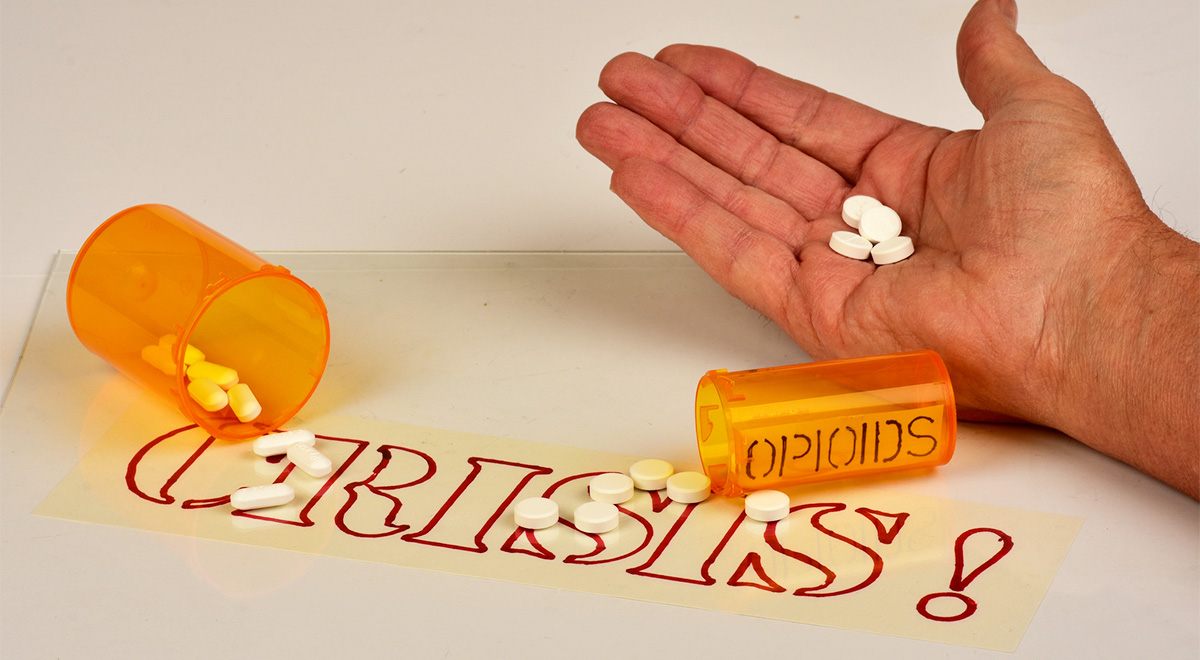The opioid addiction crisis continues unabated and federal regulators so far have failed to take any meaningful action. In an attempt to force pharmaceutical companies to bear some of the cost of treatment, several lawsuits have been filed by state, local and tribal governments – but the wheels of justice turn slowly.
In an attempt to more quickly hold drugmakers accountable for their role in creating the crisis, a number of states have either instituted a tax on the sale of opioid-based prescriptions or are considering such an action. Not surprisingly, Big Pharma is fighting back.
One of the first such opioid tax bills was introduced in Pennsylvania. In October 2016, state Representative Gene DiGirolamo introduced legislation that would have funded an emergency addiction treatment program by taxing opioid sales in that state. Montana state Senator Roger Webb is another advocate of imposing an opioid tax. He has gone on record telling the pharmaceutical industry, “You’re creating the problem – you’re going to fix it.” Most recently, Minnesota governor Mark Dayton has proposed a tax amounting to 1 cent per milligram on the sales of opioid-based prescriptions. That tax would raise an estimated $20 million per year, which would pay for treatment and law enforcement efforts.
Currently, bills to tax prescription opioid-based medications have come under consideration in 15 states over the past twelve months. However, only one state – New York – has actually implemented such a tax. Most of these bills have been stalled because of pressure from pharmaceutical lobbyists. Industry representatives claim that such a tax would hurt patients by making such medications more expensive.
A spokesperson for the Pharmaceutical Research and Manufacturers of America (PhRMA) told the media that drugmakers “have been engaged with states to help move forward comprehensive solutions to this complex public health crisis,” but added “we do not believe levying a tax on prescribed medicines that meet legitimate medical needs is an appropriate funding mechanism.”
Minnesota state Senator Julie Rosen, who walked out on a meeting with pharmaceutical representatives earlier this month, disagrees. She says, “They know that they’re spending way too much money on defending their position instead of being part of the solution.” Her statement reflects a 2016 investigation by the Center for Public Integrity which found that the opioid manufacturers spent an average of nearly $98 million dollars annually over a nine-year period in order to influence legislation in state capitols.
In the face of industry opposition, some state lawmakers are considering different strategies, such as licensing fees based on the number of opioid sales, which is how it has worked in New York. In the meantime, legal actions against the pharmaceutical industry by state and local governments are moving forward as the Penca Indian Nation and Knox County, Nebraska, become the most recent plaintiffs in ongoing opioid litigation.

